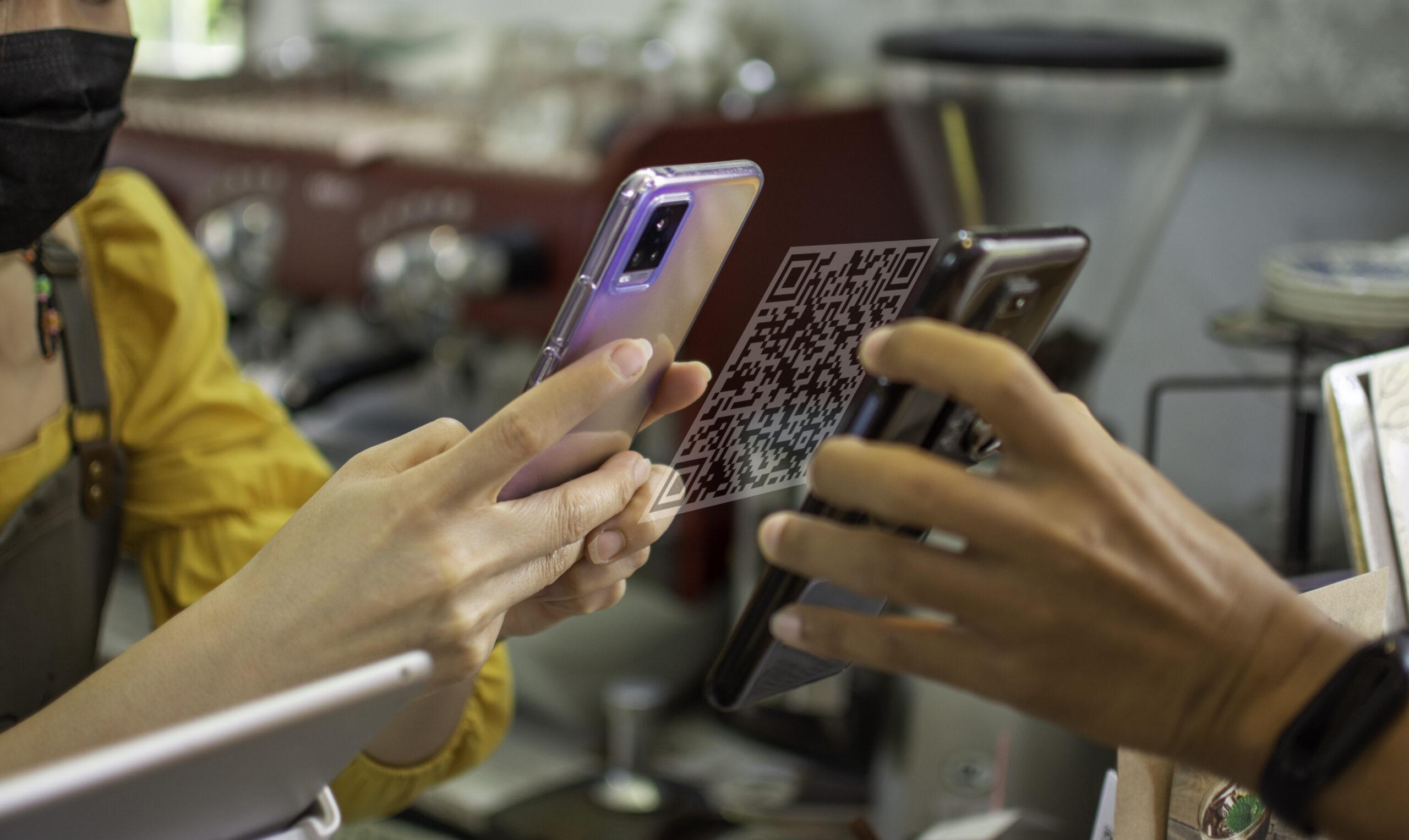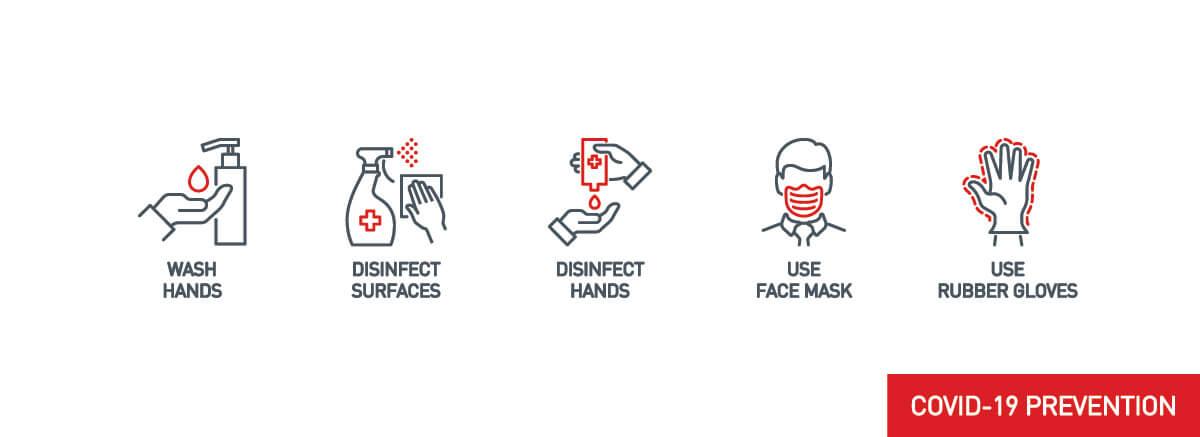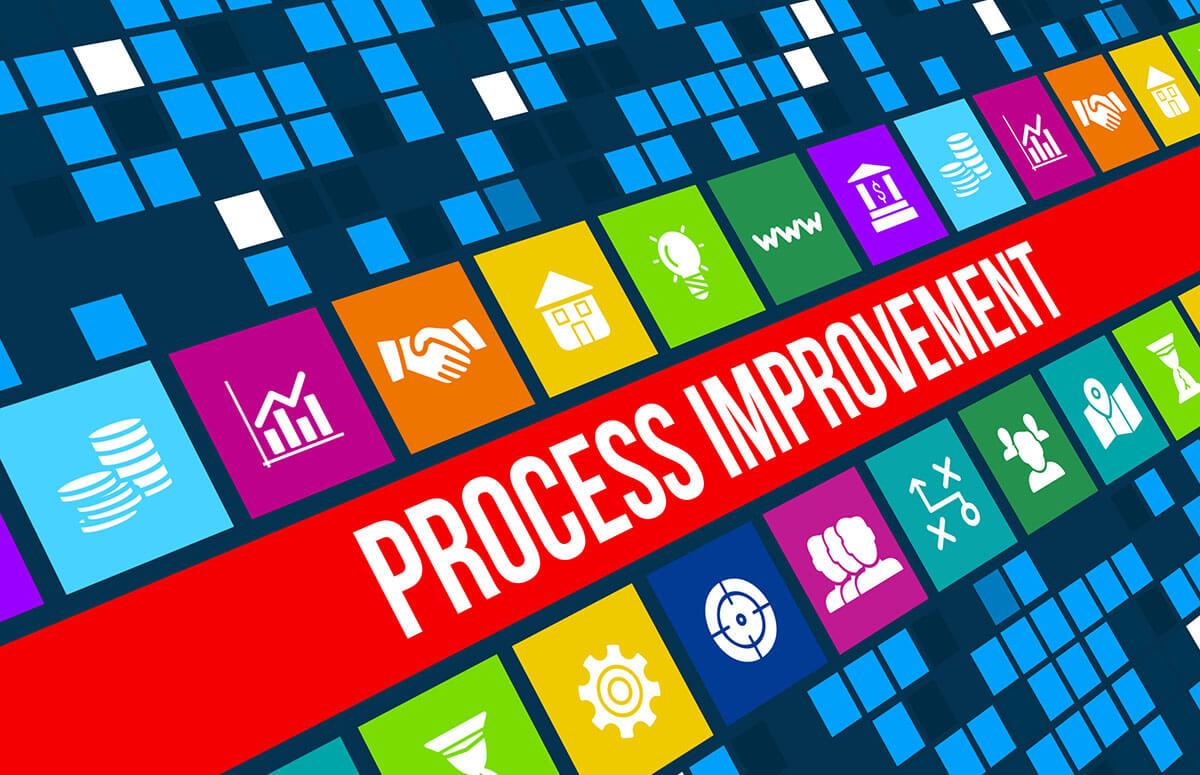Four Learning Concepts in Technology:
- What’s a QR Code? QR or Quick Response code are a type of barcode easily readable with a digital device like a Smart Phone. During a recent visit to NYC I had a crash course in the value of understanding how to use this code. Due to the Covid-19 pandemic, restaurants had what seemed like a scrap of paper with a QR code for guests to see the menu on their phone. Later at the museum, another code next to an exhibit so additional information could be found, and the same type of code at a gallery viewing. It’s fun to see what can be easily discovered once you understand how to use them. Here’s the steps:
-
- select the camera icon on your device
- hover over the code until a link pops up on the screen
- touch/click on the link which takes you to the information associated with the QR code (menu, information, etc.)
What’s nice, there’s no app to download or hardware to install. Are you working on a project and want to avoid printing materials? QR codes are an easy way to share information without having to purchase a license. Learn more about QR
2. What’s an APP? An App is a software Application running on a platform most frequently downloaded and installed on your device. There are millions of Apps designed to do a specific function in various categories of business, productivity, shopping and scheduling. Learn more about the Eight Best Healthcare Apps for Patients / Top Mobile Apps in 2021
3. How can Primary Care stay up-to-date with State-Level Telehealth Regulations? Whether you are a private practice, group practice, community health center, IPAS or ACO find a plethora or resources to increase your knowledge. Subscribe to newsletters or browse resources and latest developments around the nation.
4. Are you ready for the future of Healthcare? Healthcare innovations are on the rise, medical devices and virtual care or telemedicine allows care providers to connect with patients and families. How can technologies help the aging at home evolution? There are currently more than 70 million baby boomers (those born between 1946-1964) 10,000 of which are turning 65 each year. By 2030, almost one in five residents in the U.S. will be of retirement age and will be managing chronic conditions such as diabetes, obesity and 50% will find themselves suffering from arthritis while 60% will seek treatment options for these and other chronic disorders. The demand for caregivers will exceed the supply. Spending will grow from $3.6 trillion in 2018 to $6.0 trillion by 2027.



